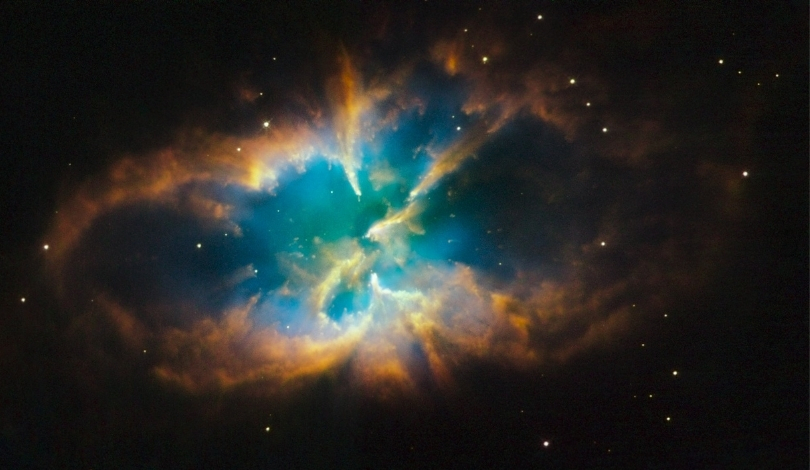The discovery of exoplanets orbiting white dwarfs initially suggested barren worlds devoid of atmospheres. However, recent findings indicate the possibility of water retention and atmospheric stability on some of these planets. This revelation opens new avenues for the search for habitable environments beyond main sequence stars.
Earlier research primarily focused on main sequence stars when searching for habitable exoplanets. The notion that white dwarfs, once considered cold and lifeless, could host stable environments extends our understanding of planetary habitability. Such planets may have migrated inward during their star’s red giant phase, positioning them within the habitable zone.
Can White Dwarf Planets Retain Atmospheres?
A fraction of planets orbiting white dwarfs may still hold onto their atmospheres and water. This retention could result from the planet originally being an outer planet with a thick atmosphere before their star transformed into a white dwarf, or from capturing gas emitted during the star’s transition.
How Do Planets Achieve Stable Orbits Around White Dwarfs?
Computer simulations have demonstrated that planets can not only migrate inward but also maintain stable orbits within a white dwarf’s habitable zone. Despite the challenging odds, this stability allows the potential for habitable conditions to persist over extended periods.
What Maintains the Habitable Zone of White Dwarfs?
A study by Vanderburg et al. suggests that approximately 6% of white dwarfs experience a pause in their cooling process due to distillation. This phenomenon involves neutron-rich isotopes like neon-22 releasing gravitational energy, effectively maintaining the star’s temperature and stabilizing its habitable zone for up to 10 billion years.
This interplay between planetary migration and stellar cooling challenges previous assumptions about the habitability of white dwarf systems. While only a minority of white dwarfs exhibit this cooling pause, the findings underscore the importance of targeting these specific stars in the ongoing search for extraterrestrial life.
The stability of habitable zones around certain white dwarfs offers a substantial timeframe for life to potentially develop and thrive. Researchers recommend focusing search efforts on white dwarfs exhibiting paused cooling, as these systems are more likely to provide enduring conditions suitable for life.










